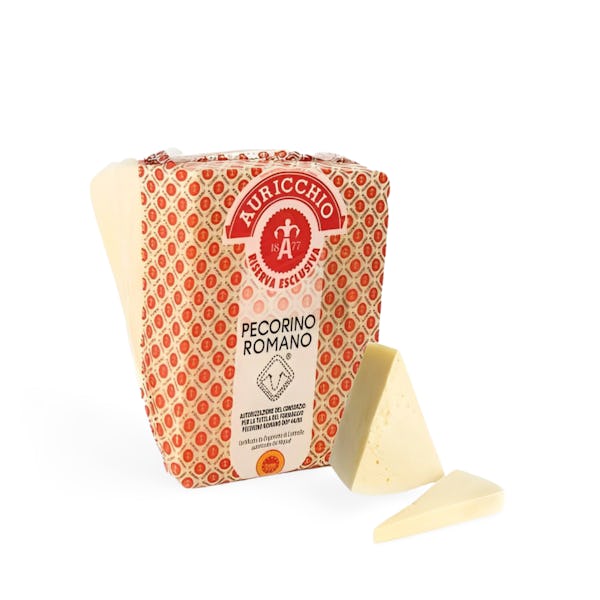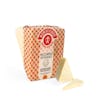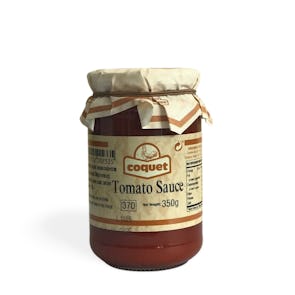Auricchio Pecorino Romano
PAIRS PERFECTLY WITH
Pecorino Romano is thought to have originated during the ancient Roman era, having been created as a food source for the legionnaires traveling long distances. Pecorino Romano is heavily salted and allowed to age for 8 months, far less than Parmesan, but the result is just as spectacular.
The first thing one notices about Pecorino Romano is the saltiness of the cheese. It is salted multiple times before being allowed to mature. This saltiness helps as a natural preservative, as well as a wonderful flavor enhancer for many dishes. The cheese is made entirely from sheep’s milk and is creamy, and tangy.
Pecorino romano, thanks to its fat content and creaminess, is best used for tomato-based pasta sauces as the intense flavor profile will not be lost in the acidity. In some cases, it may be a viable substitute for parmesan, but make sure to use less pecorino romano than what the recipe calls for as it may make your dish too salty.
Storage Instructions
Cheeses (except brined ones in jars) should be stored in the crisper or the butter drawer of a refrigerator, not on the shelves themselves. This is to help regulate their temperature and humidity levels—and prevents the formation of mold. Once opened, they should not be kept in their original packaging. Soft cheeses with delicate rinds need to breathe, so they are best placed in glass containers lined with paper towels to absorb extra moisture. Leave the lid open a tiny bit for air to circulate and don’t forget to write up a label with the date you first opened the package. Kindly pay attention to the best before date label when you receive your cheese. Consume prior to date indicated.



